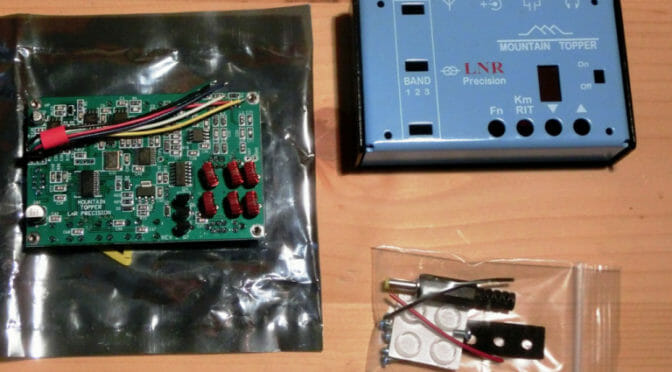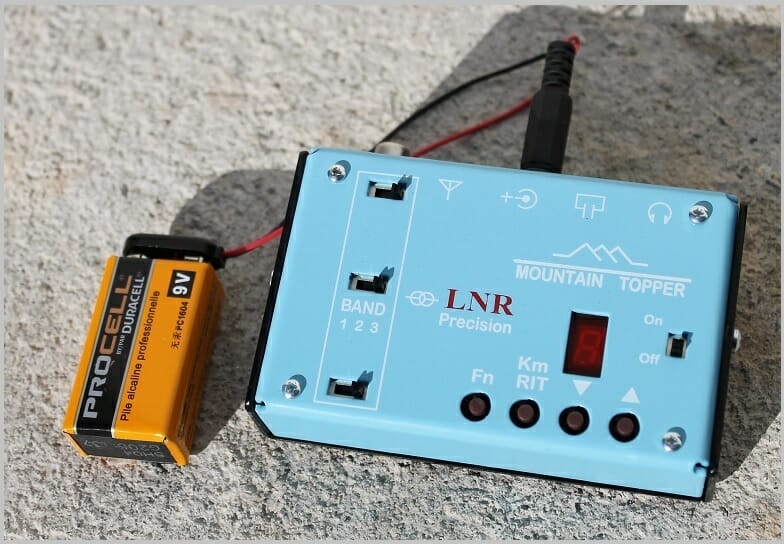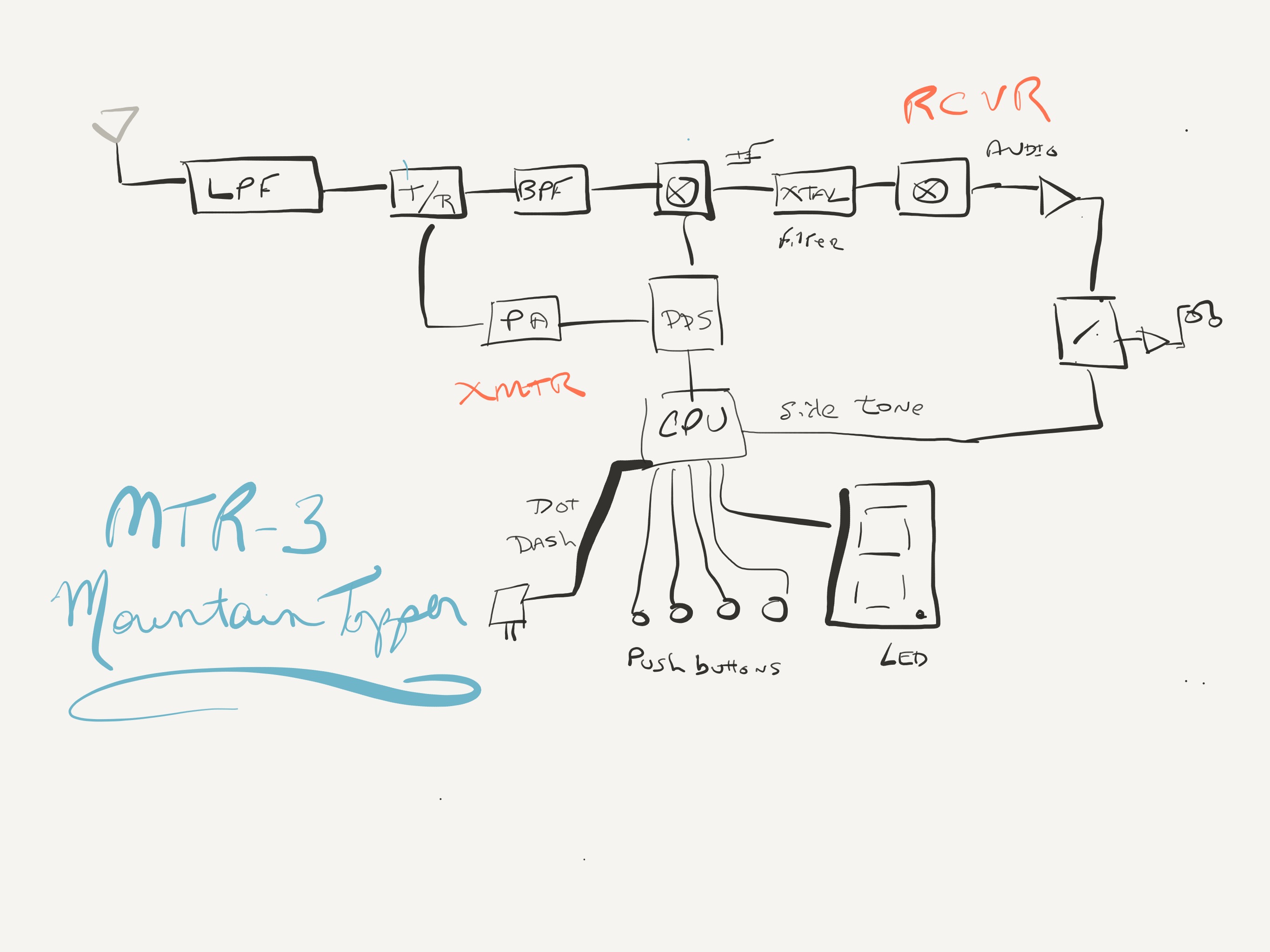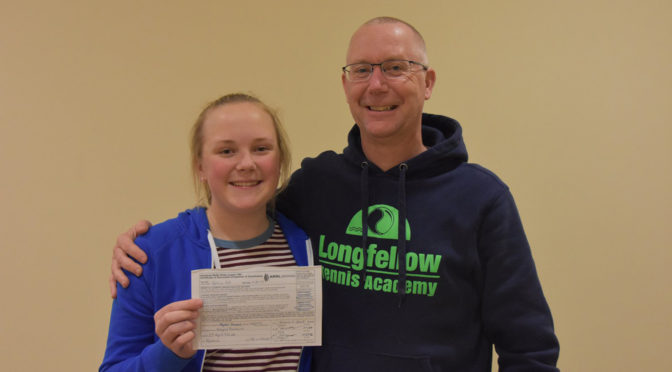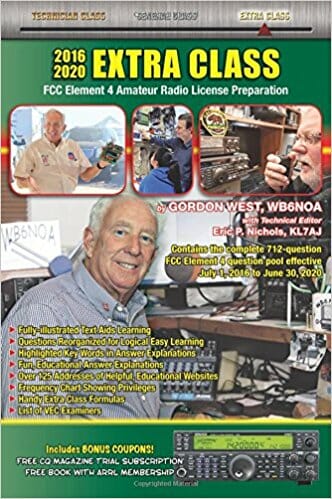Although I am brand new to the hobby of ham radio, I have been playing around with electronics and digital circuits for as long as I can remember. I am a software engineer by trade and have always loved the problem-solving challenges that software and hardware engineering offers.
Given my unfamiliarity with the ham radio world, however, I thought it might be fun to find a project in that space. Enter the Daiwa CNW-419 manual tuner.
Our Next Victim
My father found this poor soul on eBay, and it was in a bit of a bad way. It had some missing feet, the tuner button “didn’t work”, and there seemed to be a couple of loose pieces in the pictures, but generally the interior of the tuner looked very clean.
After looking up some reviews of the tuner and finding nothing but praise, I thought what the heck, paid the $75 and took the plunge.
It arrived carefully packaged, and after unwrapping it, I found that the tuner switch was indeed broken. In addition, the switch to change the antenna (it supports two antennas), didn’t seem to be working properly either. Both of the switches were push buttons, and neither of them would latch.
Taking It All Apart

Time to take the cover off and see what was going on. With just the top cover off, we can see the two problematic switches in the back. If we’re going to get to those switches, a lot more stuff is going to need to come off.
After removing the bottom, and disconnecting the back panel, we get a better view of the switches. Some black charring there, perhaps some RF arcing took place? Looking at the rest of the box and how neat and organized the soldering and wiring is, this looks out of place. I am beginning to suspect something is amiss here.
After pulling the switches completely out, there definitely appeared to be some sort of overload. Or perhaps just bad soldering? More investigation is clearly required.

The Game is Afoot
Examining the part number for the switches I pulled out, I was able to find the equivalent switch on DigiKey. The schematic for this switch indicated that it was simple non-latching push button ON-ON DPDT switch. Clearly not the original part, as the tuner front panel artwork indicates that these are latching push button switches.
At this point, I headed back to google to see if I could find what the original switch was, but could find nothing. Finally, I stumbled across an interior shot of the tuner from a guy in Thailand. After some zooming, it looked like an ordinary latching switch.
But First Some Math…
The tuner is rated for a maximum of two hundred watts, so we should figure out what our switches need to be able to handle. We don’t want to trust the previous components ratings since they were not original.
One hundred watts at fifty Ohms yields an RMS voltage of about seventy volts which is what my receiver puts out. Since the tuner is rated to two hundred watts our max RMS voltage should be one hundred volts. 125VAC switches are plentiful, and to be safe we should also probably shoot for a switch that can handle around five amps. Eight dollars and fifty-two cents later, we have a pair of switches rated at 125VAC and seven amps. Perfect.
Putting It All Together
I took lots of photos and notes while removing the switches but knowing that they could have possibly been installed incorrectly, I took a little extra care in laying out the connections for the new switches.
The switch for the antennas was straight forward enough. This was simply a DPDT doubled up and wired as a SPST with the center poles connecting to the center pole output of the tuning circuit switch.

The switch for the tuning circuit was a little peculiar. When the tuning circuit is disengaged, the switch should connect the output from the amp making sure it passes through the metering circuit and bypasses the tuning circuit. Originally, the switch connected the first pole to the second pole of the switch using only the thin wire of a small capacitor hanging down. This was clearly insufficient, and somewhat dangerous as that thin wire would be passing the full power RF output of the amp. I suspect this probably happened at one point as the capacitor wire was extremely brittle, and broke after I removed it.
A Puzzle for Our Readers
The dangling capacitor was likely a power filter circuit (that’s my guess). You can find these on regular power circuits where a high voltage cap connects the power to ground. I assume they are also used on RF power circuits. Is this correct? Ham radio experts feel free to chime in. I tested the untuned circuit path both with and without the cap filter but could discern no difference. I suspect it might have been affecting my output signal, but I had no way to test that. In the end, I left it connected, figuring I would not do much transmitting with the tuning circuit disabled.
Tuning it Up
Time to test it out. Here it is with some new rubber feet from the hardware store ($2.47) sitting on top of my FT-450D.

I purposely detuned my vertical, disabled the ATU on my receiver and checked the SWR. Infinite SWR readings for both the tuner and my receiver. Great. The auto tuner on my receiver can’t touch that. I then enabled the tuning circuit on the Daiwa, found the best band setting, and tuned it up. In no time I had the SWR down to one, and the forward power at maximum.
I love this thing.


